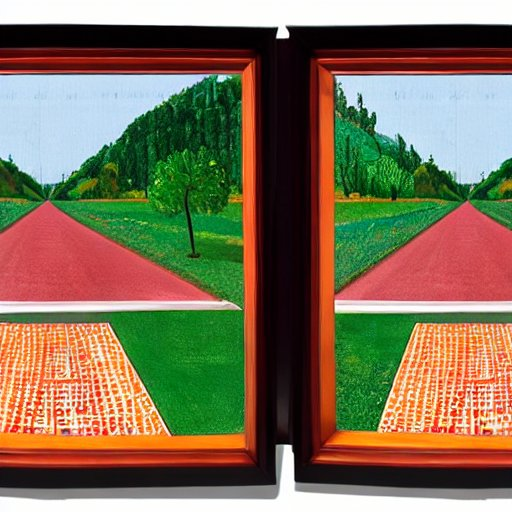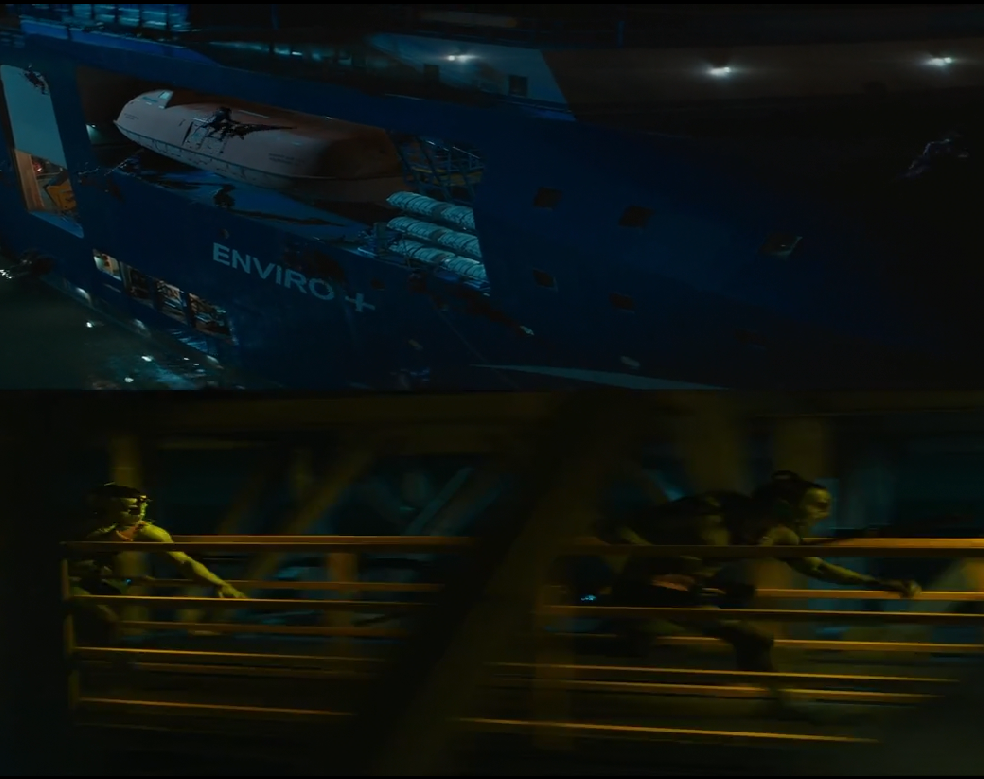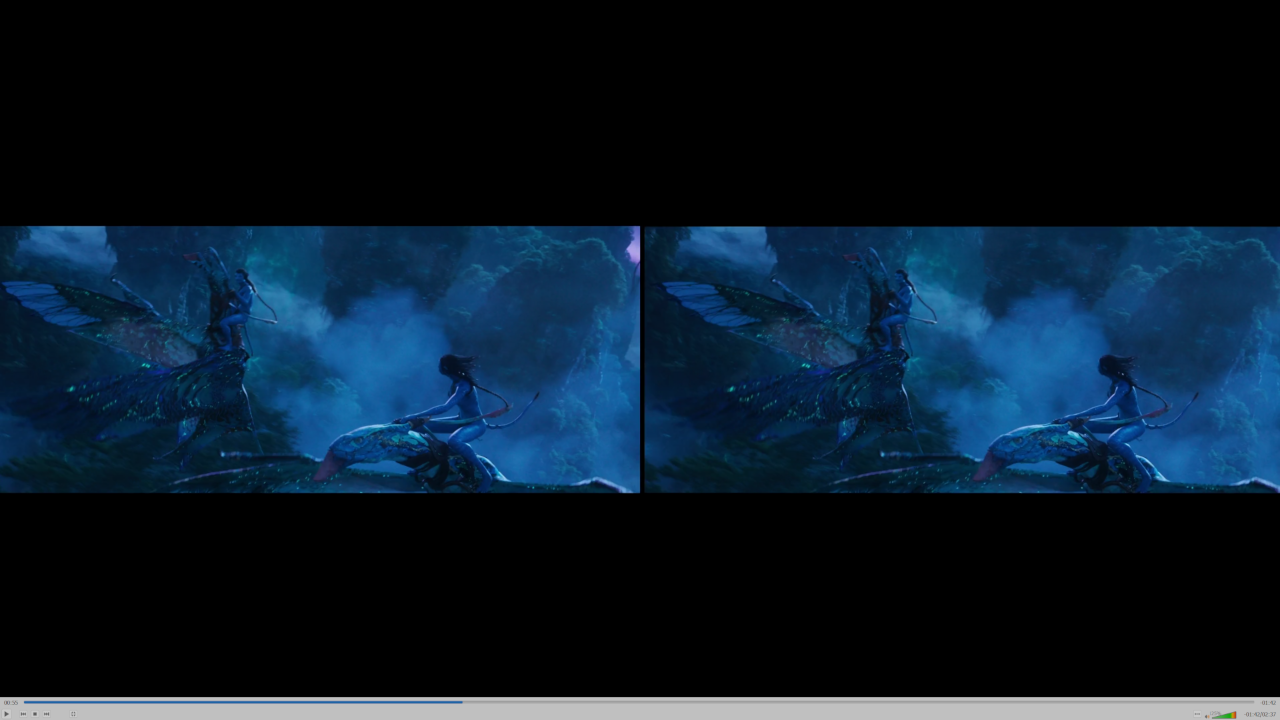2D to 3D Video Conversion for Immersive Experiences with Stream to 3D

Introduction
At the heart of the technique applied by Stream to 3D lies the Pulfrich Effect, a phenomenon that manipulates our visual perception through the clever introduction of temporal disparity. By leveraging the innate strengths of our visual system, this method offers a visually captivating and realistic 3D experience that transcends traditional approaches.
Under the Pulfrich effect, a moving object appears laterally displaced when one eye experiences an interocular delay. By introducing controlled temporal disparities between the left and right views in a 2D video, the Pulfrich approach creates the illusion of depth perception. This technique takes advantage of the brain's ability to interpret temporal differences between the two eyes to perceive objects in three dimensions. It provides a method for generating a stereoscopic experience from traditional 2D video content.
Algorithmic Enhancements
Stream to 3D also introduces several highly innovative and significant enhancements to the technique. These eliminate viewing discomfort during rapid motion and scene changes and ensure a seamless and immersive 3D experience. The quality of the output of Stream to 3D is therefore much higher than traditional applications of the Pulfrich Effect alone:


Harnessing Human Perception
What sets the Pulfrich temporal disparity technique apart from its counterparts is its ability to leverage the intricacies of human perception. Unlike other techniques that rely solely on algorithmic calculations, the Pulfrich method capitalises on the brain's natural aptitude for interpreting motion. By introducing a precisely controlled time delay in one eye's view, our brains are tricked into perceiving depth when observing moving objects. This awe-inspiring concept taps into the very essence of how our minds interpret the world, ensuring a truly immersive and realistic 3D experience.
Preserving Visual Fidelity
One of the most remarkable advantages of the conversion approach is its ability to preserve the integrity of the original content. Gone are the days of visual artifacts and unwanted distortions that can detract from the immersive experience. The Pulfrich conversion method ensures that every frame, every scene retains its original essence, unmarred by artificial enhancements. This preservation of visual fidelity results in a viewing experience that remains true to the artistic vision, while adding an extra dimension that sparks the imagination.
Efficiency and Convenience
Furthermore, the technique offers the opportunity to eliminate the need for laborious pre-processing. No longer will you find yourself waiting for hours or longer for your videos to be transformed into 3D. With the sheer power of modern technology and the brilliance of human perception, you can witness the conversion happen right before your eyes, in real-time. Sit back, relax, and let the software work its magic as you immerse yourself in a world of depth and wonder.
Further Reading on Real-time 2D to 3d Video Conversion Techniques

Historical View on 2D to 3D Video Conversion
